Inverting the talent pipeline
Opportunities for young journalists aren’t created equal, and U.S. media internships are fraught with inequity.
Internships have multiple barriers to entry. “Prestige” newsrooms usually require previous internship experience. That doesn’t necessarily account for comparable experience gained from student media, or even self-published work with an engaged audience. Students often produce their work with few resources beyond peers who might have a semester or two more experience. Yet they meet deadlines, break stories, and keep their communities informed.
Who can afford to take an internship? The deck is stacked against anyone who might not be able to move across the country for eight to 12 weeks of work, sometimes for pay that’s barely above minimum wage.
Some news organizations say they offer college credit. That’s a trap. It costs money to claim that college credit — so the internship isn’t just unpaid, it makes the student find cash for the privilege of a summer of unpaid labor.
The deck is also stacked against people who don’t have a solid foundation in journalism basics. Our industry has no pipeline for attracting people if they aren’t at a college or university.
An overwhelming majority of journalists have at least a bachelor’s degree, compared with one-third of American adults. Like attracts like, and this comes at the expense of our newsrooms not reflecting the communities we’re supposed to serve. We need more people of color in newsrooms — particularly in leadership positions — but we also need more military veterans and disabled journalists.
Instead of reinforcing a cycle that selects people who already have advantages, internships should focus on providing real-world journalism experience and career coaching. More can be done to ensure that people from a variety of backgrounds have equitable opportunities.
Cities with at least two news organizations will see the value in pooling resources to provide affordable — or free — housing for interns. Local news is best done by people embedded in the community. And a key skill for journalists is learning to quickly establish rapport with sources. So internships in an unfamiliar part of the country will broaden a young journalist’s horizons, offer them lessons to quickly learn what’s important to their short-term neighbors, and allow them to bring an outsider’s perspective to the newsroom.
Poynter adjunct Kathy Lu has an idea that would upend the system: allowing places with the most resources to train journalists who would then be poised for success in smaller markets.
The internship process is set up like sports franchises. Your local papers are the farm teams, and they nurture the talent — some of whom make it to the big leagues.
But that system was set up back when most newsrooms (and I’m mostly talking about newspapers) were flush with resources — offices that have a 20-person team now once had over 100 — and news deserts didn’t exist.
It was a system set up to eventually benefit the larger, dominant newsrooms (a colonialist move), who get to pay intern wages to hard-working reporters who have already had several summers of experience.
This isn’t to say people can’t have an ambition to work at these important institutions of record. It’s to ask: Why is the pipeline one-directional? Why aren’t the larger newsrooms with more resources also helping supply talent to the smaller ones? Why isn’t there a program to train journalists to become bad-ass reporters and writers for local media?
I absolutely love the idea of inverting the talent pipeline. It puts the organizations with the most resources — including an abundance of experienced journalists who can be mentors — in the position to nurture promising young journalists who will thrive because of the attention paid to their development in those crucial internship weeks.
To grow talent, news organizations need to invest in creating fertile ground for emerging journalists to do their best — and to make occasional mistakes. But those mistakes should not include entering the workforce underpaid and with a mountain of student loans.
Doris Truong is director of training and diversity at The Poynter Institute.
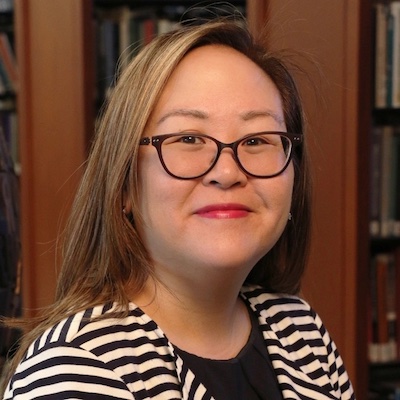
Opportunities for young journalists aren’t created equal, and U.S. media internships are fraught with inequity.
Internships have multiple barriers to entry. “Prestige” newsrooms usually require previous internship experience. That doesn’t necessarily account for comparable experience gained from student media, or even self-published work with an engaged audience. Students often produce their work with few resources beyond peers who might have a semester or two more experience. Yet they meet deadlines, break stories, and keep their communities informed.
Who can afford to take an internship? The deck is stacked against anyone who might not be able to move across the country for eight to 12 weeks of work, sometimes for pay that’s barely above minimum wage.
Some news organizations say they offer college credit. That’s a trap. It costs money to claim that college credit — so the internship isn’t just unpaid, it makes the student find cash for the privilege of a summer of unpaid labor.
The deck is also stacked against people who don’t have a solid foundation in journalism basics. Our industry has no pipeline for attracting people if they aren’t at a college or university.
An overwhelming majority of journalists have at least a bachelor’s degree, compared with one-third of American adults. Like attracts like, and this comes at the expense of our newsrooms not reflecting the communities we’re supposed to serve. We need more people of color in newsrooms — particularly in leadership positions — but we also need more military veterans and disabled journalists.
Instead of reinforcing a cycle that selects people who already have advantages, internships should focus on providing real-world journalism experience and career coaching. More can be done to ensure that people from a variety of backgrounds have equitable opportunities.
Cities with at least two news organizations will see the value in pooling resources to provide affordable — or free — housing for interns. Local news is best done by people embedded in the community. And a key skill for journalists is learning to quickly establish rapport with sources. So internships in an unfamiliar part of the country will broaden a young journalist’s horizons, offer them lessons to quickly learn what’s important to their short-term neighbors, and allow them to bring an outsider’s perspective to the newsroom.
Poynter adjunct Kathy Lu has an idea that would upend the system: allowing places with the most resources to train journalists who would then be poised for success in smaller markets.
The internship process is set up like sports franchises. Your local papers are the farm teams, and they nurture the talent — some of whom make it to the big leagues.
But that system was set up back when most newsrooms (and I’m mostly talking about newspapers) were flush with resources — offices that have a 20-person team now once had over 100 — and news deserts didn’t exist.
It was a system set up to eventually benefit the larger, dominant newsrooms (a colonialist move), who get to pay intern wages to hard-working reporters who have already had several summers of experience.
This isn’t to say people can’t have an ambition to work at these important institutions of record. It’s to ask: Why is the pipeline one-directional? Why aren’t the larger newsrooms with more resources also helping supply talent to the smaller ones? Why isn’t there a program to train journalists to become bad-ass reporters and writers for local media?
I absolutely love the idea of inverting the talent pipeline. It puts the organizations with the most resources — including an abundance of experienced journalists who can be mentors — in the position to nurture promising young journalists who will thrive because of the attention paid to their development in those crucial internship weeks.
To grow talent, news organizations need to invest in creating fertile ground for emerging journalists to do their best — and to make occasional mistakes. But those mistakes should not include entering the workforce underpaid and with a mountain of student loans.
Doris Truong is director of training and diversity at The Poynter Institute.
Joanne McNeil

Wilson Liévano

Jim Friedlich

Kristen Muller

Gonzalo del Peon
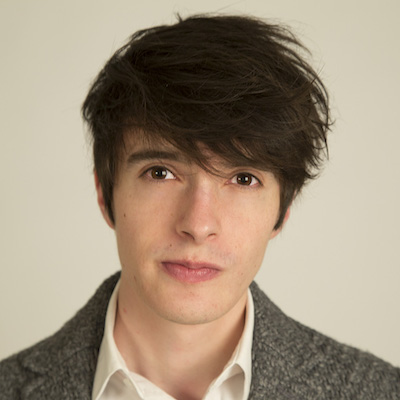
Mario García

Burt Herman
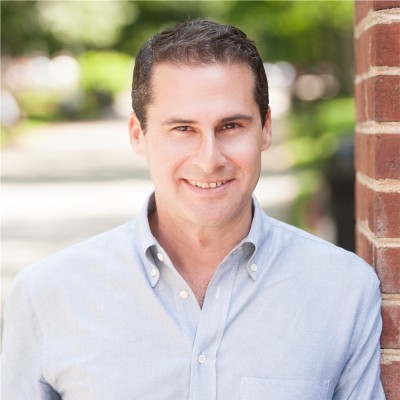
Kathleen Searles Rebekah Trumble

Chicas Poderosas

Jesenia De Moya Correa

A.J. Bauer

Ståle Grut

Daniel Eilemberg

Jonas Kaiser

Julia Angwin

Gordon Crovitz

Tamar Charney
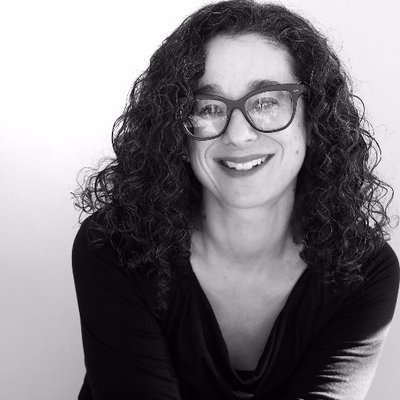
Brian Moritz

Sarah Stonbely

j. Siguru Wahutu

Simon Galperin

Chase Davis

Tom Trewinnard

Amy Schmitz Weiss

Jessica Clark

Larry Ryckman

Kristen Jeffers

Anthony Nadler

Christina Shih

Cindy Royal

Cherian George
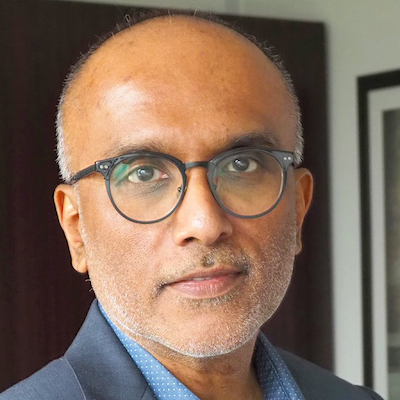
James Green

Stefanie Murray

Errin Haines

Doris Truong

Juleyka Lantigua

Izabella Kaminska

Francesco Zaffarano

Anita Varma

Jody Brannon

Millie Tran

Whitney Phillips

Sarah Marshall

Meena Thiruvengadam

Candace Amos

S. Mitra Kalita

Julia Munslow

Richard Tofel

Andrew Freedman

Jennifer Brandel

Stephen Fowler

Mike Rispoli

Anika Anand

Ariel Zirulnick
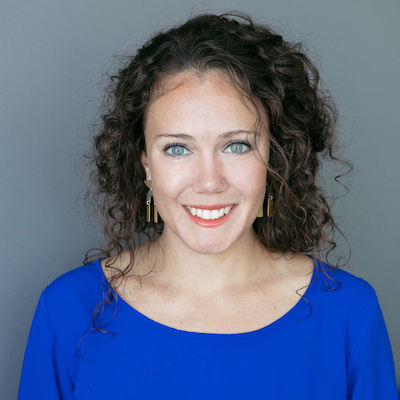
Rachel Glickhouse

Matt DeRienzo

Nikki Usher

Moreno Cruz Osório

Melody Kramer

Christoph Mergerson

Raney Aronson-Rath

Joni Deutsch

Mandy Jenkins

Shalabh Upadhyay

Alice Antheaume

Zizi Papacharissi

Victor Pickard

Natalia Viana

Cristina Tardáguila

David Skok

Jesse Holcomb

Robert Hernandez

Amara Aguilar

Paul Cheung

Parker Molloy

AX Mina

Megan McCarthy

Sam Guzik

Joe Amditis

Matthew Pressman

Tony Baranowski

Jennifer Coogan

Laxmi Parthasarathy

Rasmus Kleis Nielsen

Catalina Albeanu

Kendra Pierre-Louis

Janelle Salanga

Eric Nuzum

Kerri Hoffman

Joy Mayer

Simon Allison

Shannon McGregor Carolyn Schmitt

David Cohn

Mary Walter-Brown

Joshua P. Darr
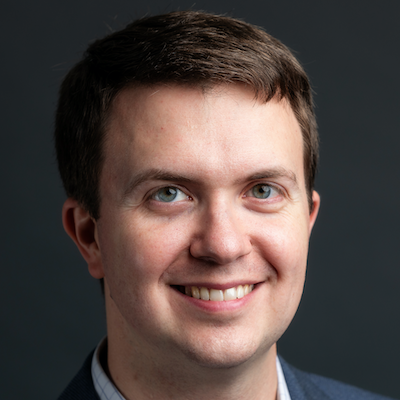
Gabe Schneider

Matt Karolian

John Davidow

Don Day

Michael W. Wagner
